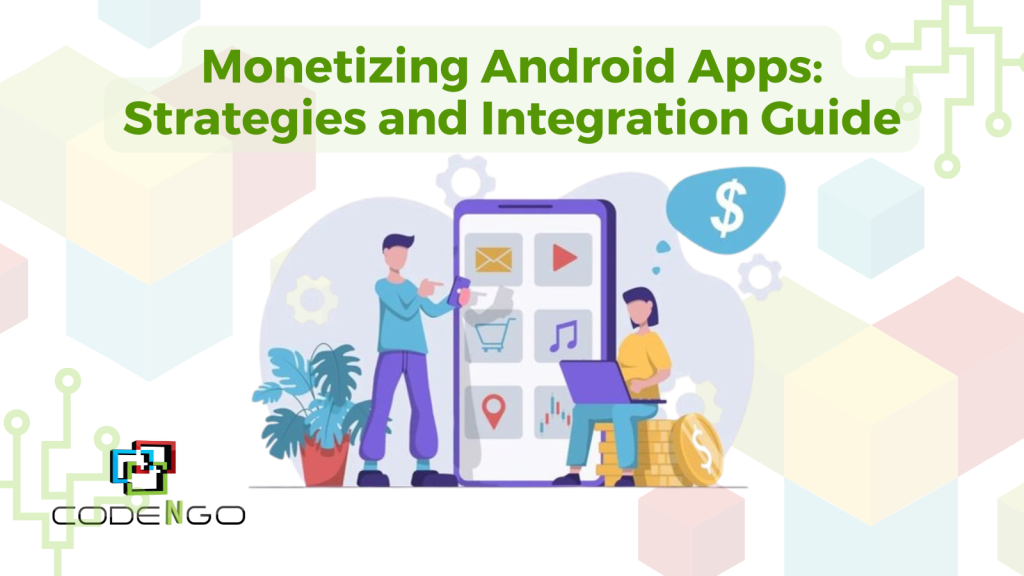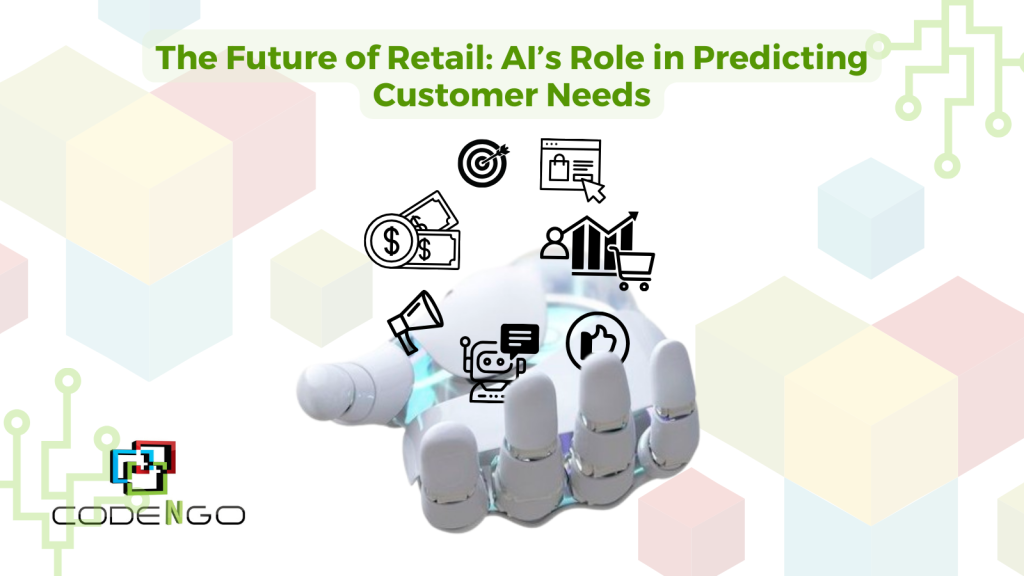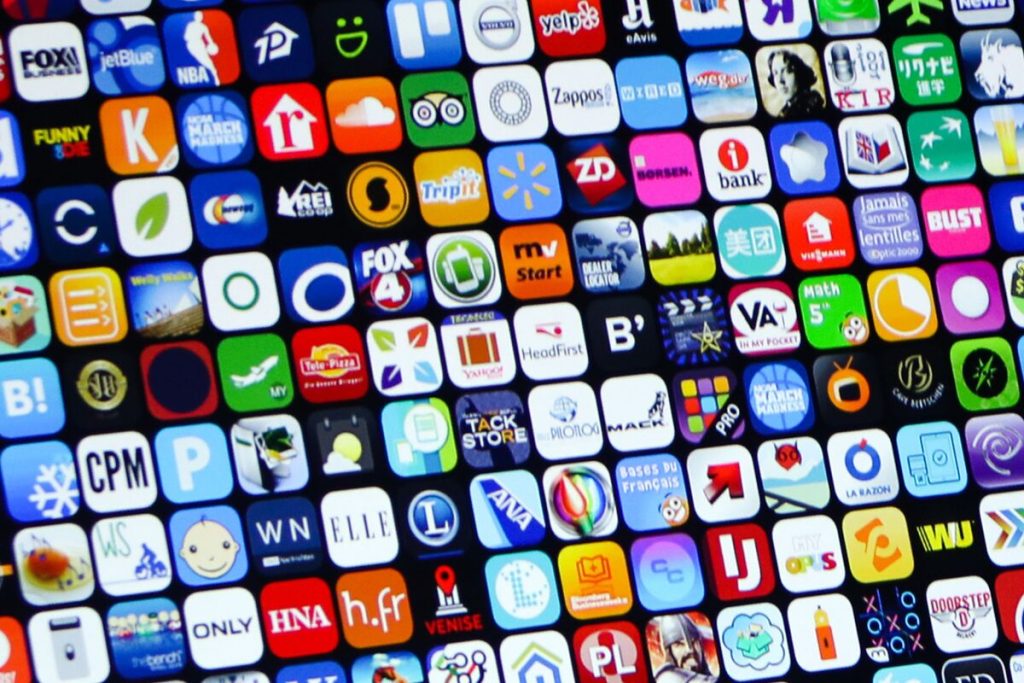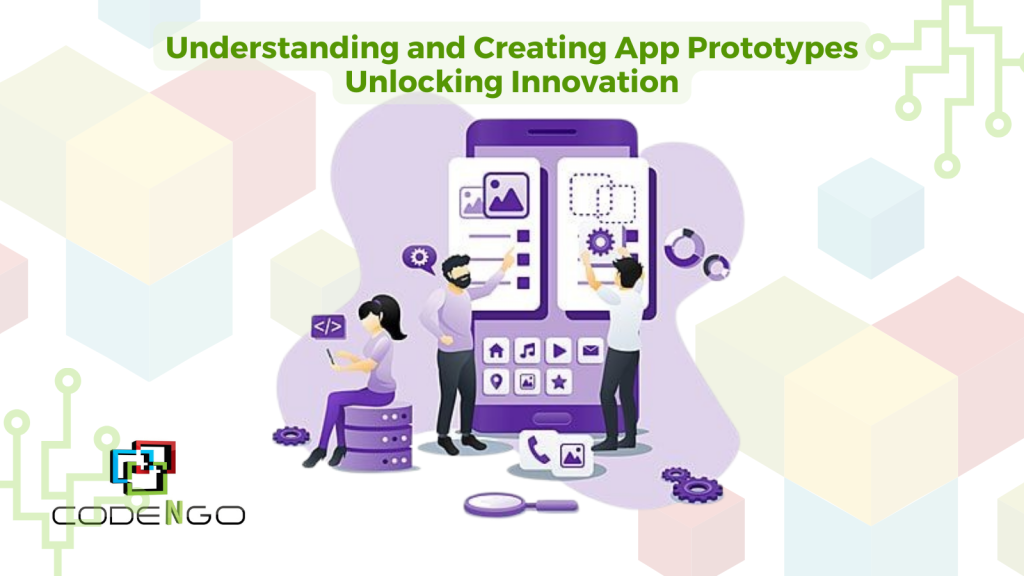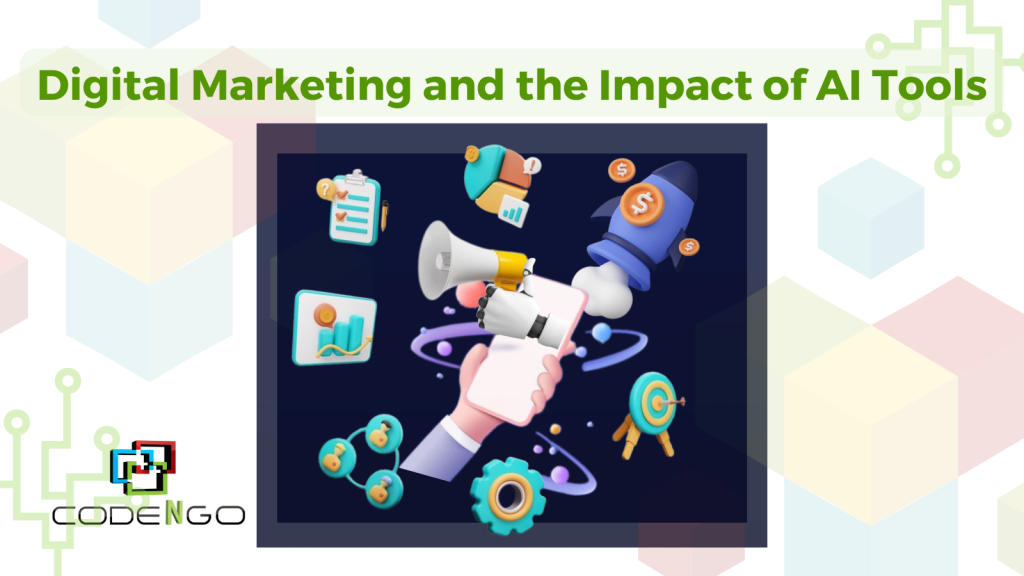Best Social Media Platforms for Marketing are essential in the digital era, serving as powerful tools for businesses looking to expand their audience, boost brand awareness, and drive sales. Below is an overview of the top 10 social media platforms for marketing and advertising, including their pros and cons, user base statistics, and the importance of utilizing these platforms for your marketing strategy.

1. Facebook
Facebook, the largest social media platform in the world, offers unparalleled reach and sophisticated targeting options, making it a cornerstone of many marketing strategies.
- Subscribers: 2.8 billion monthly active users
- Who Can Advertise: Businesses of all sizes, e-commerce stores, local businesses, non-profits, political campaigns, personal brands, freelancers, and event organizers. Anyone with a product, service, or message can utilize Facebook’s advertising capabilities.
- Pros:
- Massive user base
- Advanced targeting options
- Various ad formats (carousel, video, slideshow)
- Seamless integration with Instagram for cross-platform campaigns
- Cons:
- Organic reach is declining
- Increasing competition and ad costs
- Importance: With its extensive user base and detailed targeting options, Facebook allows businesses to reach specific demographics and psychographics effectively.
2. Instagram
Instagram, known for its highly visual content, is a powerful platform for brands looking to engage younger audiences with images and videos.
- Subscribers: 1.3 billion monthly active users
- Who Can Advertise: Retail brands, fashion and beauty companies, travel and hospitality services, influencers, restaurants, fitness trainers, and digital content creators. Businesses of all sizes can use Instagram to visually showcase their products and services.
- Pros:
- Highly visual platform
- Engaged user base
- Strong performance for influencer marketing
- Integration with Facebook Ads Manager for streamlined advertising
- Cons:
- Ad costs can be high
- Less effective for B2B marketing
- Importance: Instagram is ideal for brands with visually appealing products and those targeting younger demographics.
3. YouTube
YouTube, the world’s largest video-sharing platform, offers extensive reach and high engagement through diverse video content.
- Subscribers: 2.3 billion monthly active users
- Who Can Advertise: Large corporations, small businesses, video content creators, musicians, educators, non-profits, app developers, and filmmakers. Anyone looking to leverage video content can effectively advertise on YouTube.
- Pros:
- High engagement rates
- Various ad formats (skippable, non-skippable, bumper ads)
- Long content lifespan
- Cons:
- High production costs for video content
- Ad-blockers can reduce reach
- Importance: YouTube’s video-centric platform is perfect for storytelling and demonstrating product use, leading to higher engagement and conversion rates.
4. Twitter
Twitter, a microblogging platform known for its brevity and real-time updates, is ideal for businesses looking to engage with current events and trending topics.
- Subscribers: 396 million monthly active users
- Who Can Advertise: News organizations, tech companies, entertainment brands, politicians, celebrities, sports teams, and service-based businesses. Twitter is also effective for public figures and brands wanting to join real-time conversations.
- Pros:
- Real-time engagement
- Hashtag targeting
- Strong for customer service interactions
- Cons:
- Character limit constraints
- Rapidly changing content can bury ads
- Importance: Twitter is excellent for real-time marketing, trend-jacking, and engaging in public conversations.
5. LinkedIn
LinkedIn, the premier professional networking site, is a key platform for B2B marketing, professional networking, and recruitment.
- Subscribers: 774 million members
- Who Can Advertise: B2B companies, recruiters, job seekers, educational institutions, consultants, professional service providers, and event organizers. LinkedIn is also beneficial for industry experts and thought leaders looking to share insights.
- Pros:
- Professional user base
- Effective for B2B marketing
- High-quality leads
- Cons:
- Higher cost per click
- Less suitable for B2C marketing
- Importance: LinkedIn is crucial for B2B marketing, networking, and recruitment, making it a powerhouse for professional growth and business opportunities.
6. TikTok
TikTok, the viral video-sharing app, is known for its short, engaging videos and is particularly popular among younger demographics.
- Subscribers: 1 billion monthly active users
- Who Can Advertise: Brands targeting Gen Z and Millennials, fashion and beauty brands, entertainers, influencers, small businesses, and mobile app developers. TikTok is also effective for artists and content creators looking to go viral.
- Pros:
- High engagement rates
- Creative ad formats (challenges, branded lenses)
- Popular among younger audiences
- Cons:
- Short video format may not suit all brands
- Rapid content turnover
- Importance: TikTok’s algorithm ensures high visibility for engaging content, making it a goldmine for creative and viral marketing campaigns.
7. Pinterest
Pinterest is a visual discovery and bookmarking platform where users seek inspiration for various projects, making it ideal for businesses in lifestyle niches.
- Subscribers: 459 million monthly active users
- Who Can Advertise: E-commerce stores, lifestyle brands, home decor and furniture companies, fashion retailers, DIY enthusiasts, food bloggers, and travel companies. Pinterest is also beneficial for wedding and event planners.
- Pros:
- High-intent user base
- Strong for driving traffic to websites
- Long content lifespan
- Cons:
- Limited audience demographics
- Visual content requirement
- Importance: Pinterest is ideal for brands in niches like home decor, fashion, and DIY, where users are actively seeking inspiration and products.
8. Snapchat
Snapchat, known for its ephemeral content, is popular among younger users and offers unique ad formats like AR lenses and filters.
- Subscribers: 538 million monthly active users
- Who Can Advertise: Brands targeting younger demographics, entertainment companies, event organizers, fashion and beauty brands, restaurants, and local businesses. Snapchat is also effective for artists and content creators looking to engage with Gen Z.
- Pros:
- Highly engaged, young audience
- Interactive ad formats (lenses, filters)
- Strong for local marketing
- Cons:
- Limited older audience
- Ephemeral nature of content
- Importance: Snapchat’s unique features like AR lenses and geofilters make it a fun and engaging platform for brand interaction, especially among Gen Z.
9. Reddit
Reddit, a community-based platform, allows businesses to engage with niche audiences through topic-specific forums called subreddits.
- Subscribers: 430 million monthly active users
- Who Can Advertise: Technology companies, gaming brands, e-commerce stores, niche market products, content creators, and educational institutions. Reddit is also effective for brands looking to engage in authentic discussions with dedicated communities.
- Pros:
- Highly targeted communities
- Engaged user base
- Authentic interactions
- Cons:
- Ad acceptance depends on community norms
- Can be difficult to navigate advertising policies
- Importance: Reddit is perfect for niche marketing and engaging with communities that have specific interests and needs.
10. WhatsApp
WhatsApp, a messaging app with a global user base, offers direct and personal communication channels, ideal for customer service and updates.
- Subscribers: 2 billion monthly active users
- Who Can Advertise: Small businesses, customer service teams, international brands, local businesses, e-commerce stores, and service providers. WhatsApp is also useful for personal brands and consultants looking to maintain direct contact with their audience.
- Pros:
- Direct communication with customers
- High open rates
- Strong for customer service
- Cons:
- Limited ad formats
- Privacy concerns
- Importance: WhatsApp’s direct messaging capabilities make it an excellent tool for personalized customer interactions and building strong customer relationships.
Why Marketing and Advertising on Social Media is Important
Marketing and advertising on social media are essential for several reasons:
- Wide Reach: Social media platforms have billions of users, offering unparalleled reach.
- Targeted Advertising: Advanced targeting options allow businesses to reach specific audiences based on demographics, interests, and behavior.
- Cost-Effective: Compared to traditional advertising, social media ads can be more affordable and provide a higher return on investment.
- Engagement: Social media facilitates direct interaction with customers, fostering loyalty and real-time feedback.
- Brand Awareness: Regular social media presence helps build brand recognition and loyalty.
- Data and Analytics: Social media platforms provide detailed analytics, helping businesses measure the effectiveness of their campaigns and make data-driven decisions.
In conclusion, leveraging the unique strengths of each social media platform allows businesses to create tailored marketing strategies that effectively reach and engage their target audiences.

